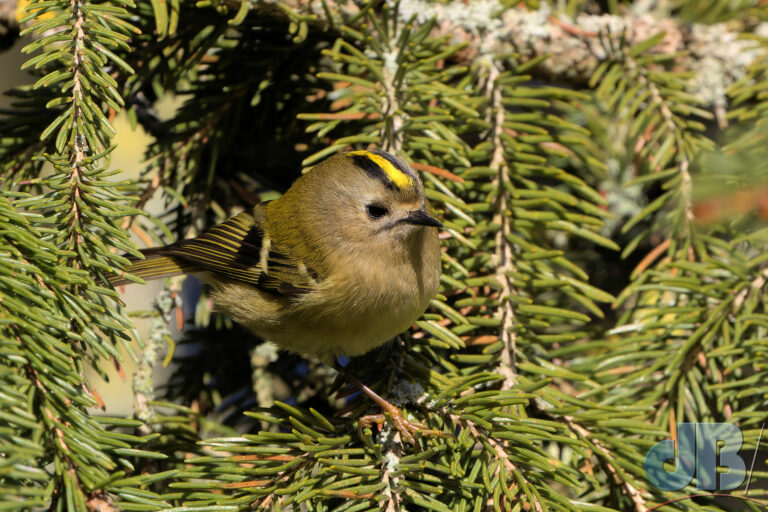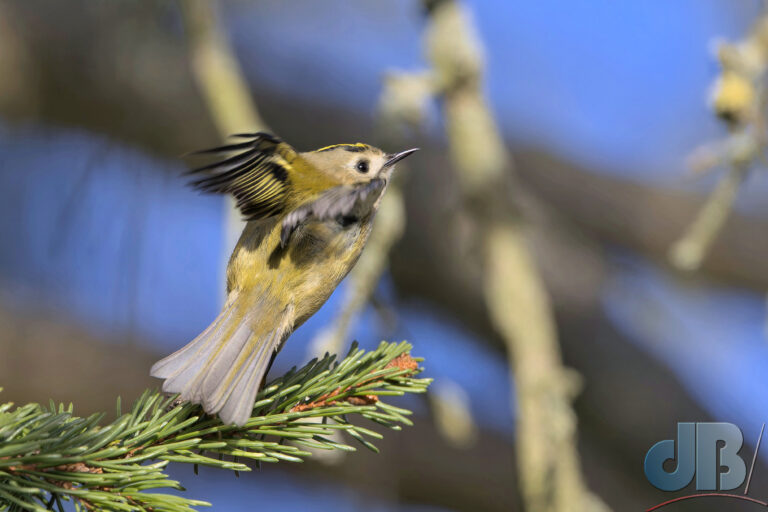It’s quite some time since we last visited Paxton Pits Nature Reserve in Cambridgeshire, well before the covid pandemic, March 2019, in fact, if my photo archive dates are to be believed and before that January 2018. Tempus fugit, as they say. And, speaking of things that fly and sound a bit Latin, there were plenty of Regulus regulus among the fir trees not far from the site’s visitor centre.

The nature reserve is, like so many of our local sites gravel pits that have been turned over in whole or in part to nature. It saves the aggregate companies having to back-fill once they have excavated all the millions of tons of sand and gravel they need and gives nature a chance to thrive in areas that would otherwise be turned back into unused flatland. The Paxton reserve was, until World War II, largely farmland on the edge of the village of Little Paxton. The gravel excavations were started during the war. There is still activity, but a large area is now lakes for wildlife, trails, and some lakes for fishing and boating activities.

Not far from the visitor centre was the site of the former farmhouse. The historical sign there tells visitors about the farmhouse that once stood on this spot and about the provenance of the row of quite tall fir trees that stand in front of where the farmhouse once was. Apparently, they were Christmas trees! They have now grown so tall that you’d need the longest of long ladders to put the fairy on the top and hang your baubles.
Anyway, it was among these fir trees that numerous R. regulus were darting about. Readers that are regulus as clockwork will know that this species is the UK’s joint smallest bird, the Goldcrest, as I’ve mentioned it before. Its equally diminutive partner is the slightly less common but equally tiny Firecrest.
A fellow photographer, who turned out to be on the reserve’s bird-ringing team, pointed out that the Goldcrests we were photographing were probably winter visitors from Scandinavia enjoying the slightly warmer climate of East Anglia and the rich pickings to be had on a sunny January day among the fir trees. She wasn’t entirely certain, but seemed to imply that there aren’t usually any in this location during the summer months although she had witnessed nesting in one of the Xmas trees previously.
Goldcrest are so small, so fast moving, and often spend their time in the depths of the needles of fir trees, that it is commonly rather difficult to get a good snap in sunlight. If you’re hearing isn’t shot, you can usually pick up their very high-pitched hissy tweets. However, the Scandinavians were rather obliging today and at least I got a couple of nice shots of these delightful creatures with their golden crests.